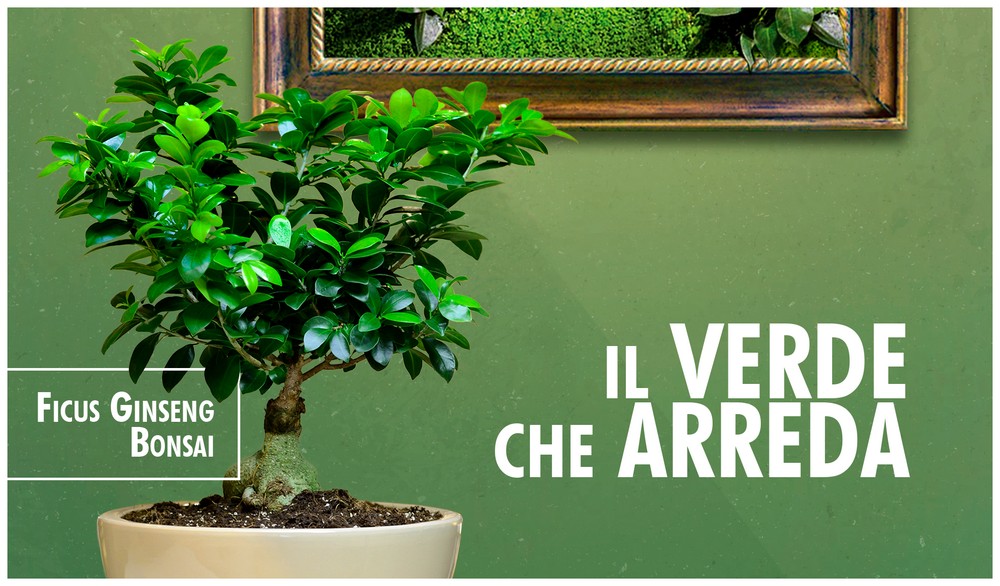Indoor ornamental plants are all those species that man has selected over the years on the basis of aesthetic value and, above all, resistance to living in particularly difficult environmental conditions. Many plants, however, adapted to the new conditions imposed by man, as proof of this are the miniature trees that can be obtained with the art of bonsai, a technique that is now ultra-millennial and has its roots in the Far East (China, Japan), now widespread throughout the world. Thanks to this art, the bonsaists are able to make their “mini” creatures live for hundreds of years even in closed places like apartments.
As the species of ficus ginseng bonsai.Link to the card for care and curiosity:
Although technically it is not a bonsai or even ginseng, Ficus Bonsai Ginseng is an evergreen tropical shrub of the ficus microcarpa type, whose dimensions are quite contained. This is the “miniature” of a tree that reaches twenty-twenty-five meters high and comes from Asia and Australia. The ficus ginseng for bonsai is obviously much smaller, at most it can reach one hundred and thirty centimeters.
The name ginseng derives from the Asian term attributed to the forms that this species is a degree to assume during its growth. The plant has large, sturdy and gnarled roots that twist around giving life to truly amazing forms.


In January, a Floramiata delegation traveled to the South-East of China, precisely in Zhangzhou, to visit one of the largest and most important suppliers in the processing, growth, packaging and export of Ficus Bonsai Ginseng with the aim of evaluating and learning the Know-How of the cultivation methods of this splendid variety.
L202ink and some splendid photos
Floramiata in Cina per apprendere nuovi metodi di coltivazione del Ficus Bonsai







